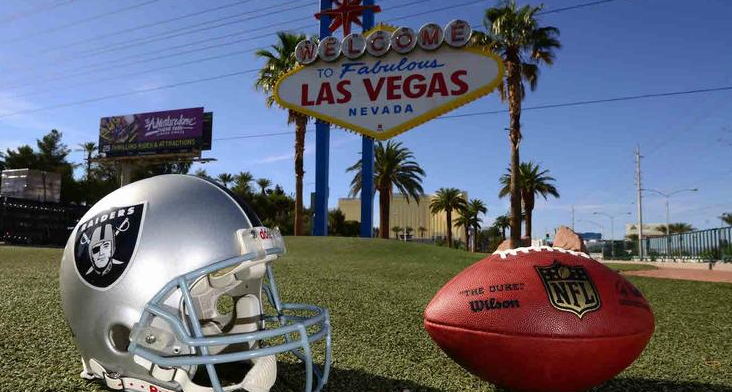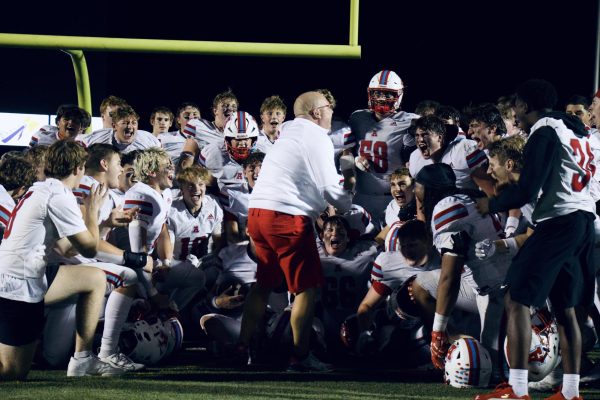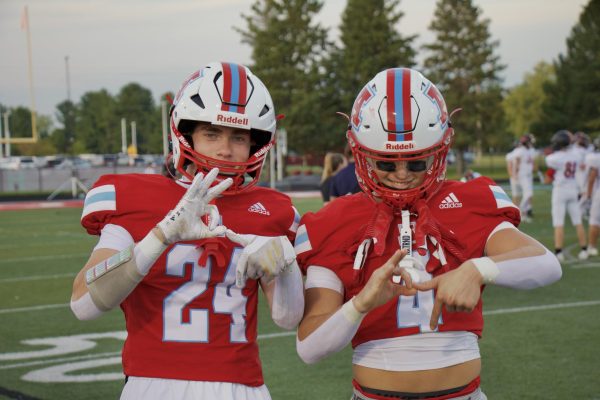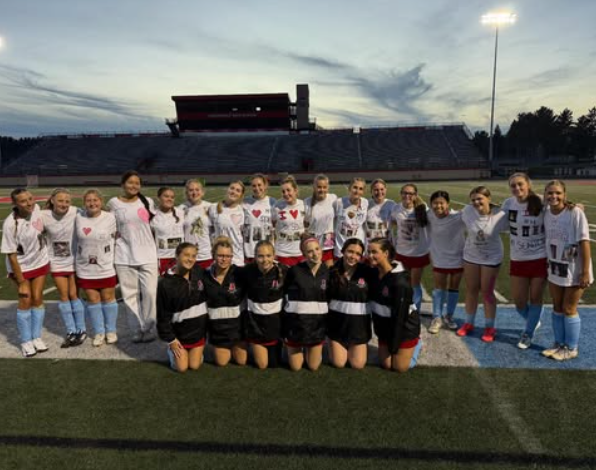Raiders leave Oakland for Las Vegas
NFL owners approved their third franchise relocation in less than two years on Monday, March 27th, with the Oakland Raiders move to Las Vegas, Nevada.
Despite years of trying, the team has been unable to make a deal for a new stadium in the Bay Area. Oakland-Alameda County Coliseum is one of the NFL’s oldest stadiums and opened in 1966. The coliseum generates some of the lowest revenue streams in the NFL, according to ESPN, and the opening of the San Francisco 49ers’ Levi’s Stadium in 2014 has only aggravated the divide between the local rivals.
On the other hand, Las Vegas has become increasingly aggressive in pursuing major sports franchises and recently created an NHL expansion team, the Golden Knights, beginning play next season at the year-old T-Mobile Arena. State and local government officials have mostly been supporters to lure in an NFL team, agreeing to $750 million in bonds for stadium construction that will be financed by a room tax in Clark County. These types of deals are not common, and Raiders owner Mark Davis jumped on the offer.
Arrowhead Senior Aj Ells said, “The NFL is all about money that is why they moved to Las Vegas. It’s a better market.”
The Raiders lease in Oakland runs through the 2018 season. In a statement released by the team, the Raiders plan to stay in the Coliseum until their lease is up, but there is a possibility they could leave earlier.
When the Houston Oilers relocated to Tennessee in the mid-1990s, they were also supposed to play two more years in Houston while waiting for their stadium in Nashville to be ready. After Houston fans abandoned the team, leaving it to play home games in a mostly empty Astrodome throughout the 1996 season, the team ended up playing in Memphis for the following season.
Arrowhead Senior Jordan Caputa said, “I would have liked to see the Raiders stay in Oakland, the fanbase has to be devastated.”
The Raiders could potentially play at UNLV’s Sam Boyd Stadium while they wait for their stadium to be done and fully constructed in time for the 2020 season.








